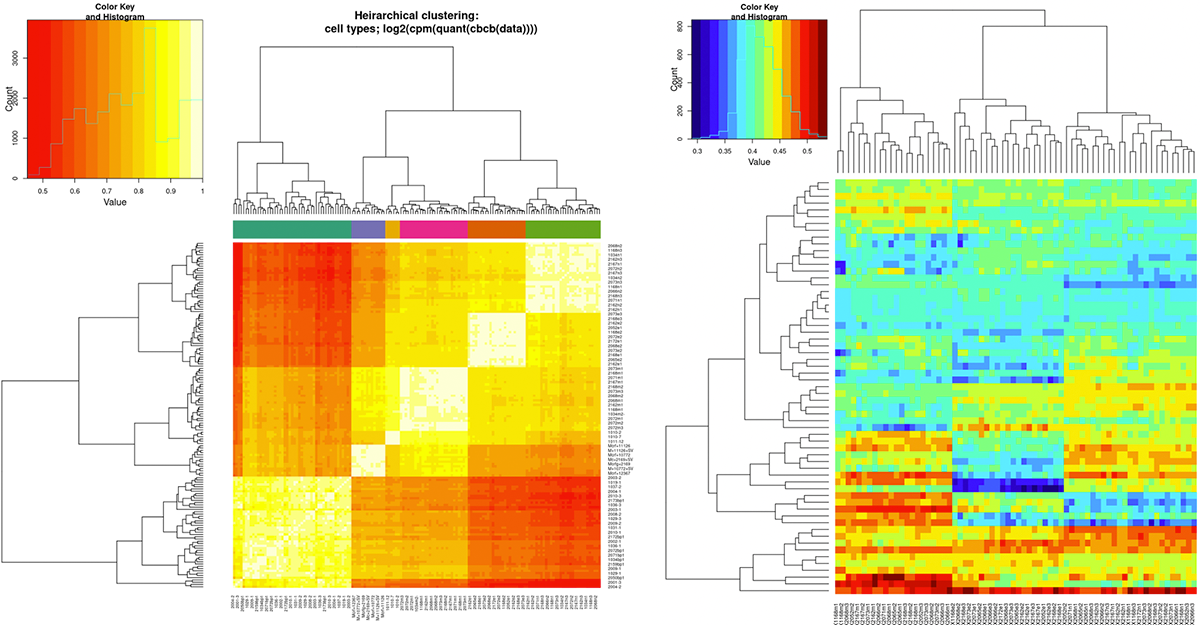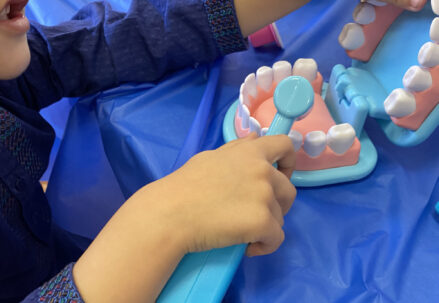Like many of his fellow freshman pre-med students, Ishaan Antani’s interest in studying medicine started with high school courses covering the basics of biology, including anatomy and physiology, along with core issues in medicine. Now a student in the Honors College’s Integrated Life Sciences (ILS) program, Antani has added genomics and bioinformatics to his growing list of pre-med research interests.
Last fall, ILS introduced HLSC208, a new required course for freshmen in the program to experience an active learning approach emphasizing inquiry, critical thinking, quantitative reasoning and hands-on data analysis. The course, designed and taught by ILS director Najib El-Sayed, combines central concepts from molecular biology with computer programming to help students think about data in ways that solve common problems in the life sciences.
“HLSC208 was a phenomenal class,” said Antani. “It provided me with a really important foundation for future pre-med courses, especially in my ability to find patterns in genetic data that can help cure diseases.”
El-Sayed, a professor of cell biology and molecular genetics with a joint appointment in the Center for Bioinformatics and Computational Biology (UMIACS), created the new course to give students a sense of how scientists do research and explore connections between key concepts.
“In HLSC208, I share my vision of what biology students should learn early on in their careers,” said El-Sayed, who leads a research lab at UMD dealing with host-pathogen interactions using genomics and bioinformatics approaches. “They develop core competencies in what it takes to engage in the scientific process, as well as how to collaborate on a research team.”
While many freshmen studying life sciences are familiar with participating in biological experiments, this course required students to gain experience in the computer lab. They learned R, the statistical programming language, to analyze genomic data and create visualizations that illuminated the concepts they were studying.
While learning to map out genetic sequences, freshman ILS students Cynthia Xi, Danielle Martin and Michelle Berko-Boateng were excited to see how technology contributes to modern understandings of science today. Xi said that she always wondered how scientists figured out how to sequence the human genome, and Martin learned that DNA relates to much larger health issues than she had realized before. This course expanded on the biological aspects of genomic research by examining how researchers can use computing to explain the inner mechanisms of our human biology.
“I had never even thought about how scientists built sequence mapping and assembly software,” said Berko-Boateng. “It was really cool to see how these methods were developed and get a glimpse into the great minds that came up with them.”
It was important for the freshmen to experience the course together as a cohort, especially because one of the central pillars of the ILS program is community, along with research, service and academics. HLSC208 wasn’t just about memorizing anatomy and key concepts, but it required problem-solving in a lab setting with others.
“The course was definitely challenging and there was a collective struggle with it,” said Berko-Boateng. “But Professor El-Sayed was always patient and willing to explain things further, and we also ended up helping each other as a team.”
They also tied discussions to recent discoveries in the field, and students expressed feeling that the course material was relevant and urgent. Freshman Daniel Klimes developed a close relationship with El-Sayed, and this semester he starts training to work in his lab researching a protozoan parasite called Leishmania major (“L. major”).
“I’ve always been interested in molecular biochemistry, but I didn’t realize I also enjoyed investigating gene expression,” said Klimes. “This class made me realize how critical this work is and I’m looking forward to diving deeper into this research.”
The Integrated Life Sciences (ILS) Program at the University of Maryland Honors College is a holistic biological sciences-focused and accelerated curriculum for talented STEM students. Learn more about the program at www.ils.umd.edu.
Image caption: HLSC208 students created data visualizations using the statistical programming language R. Left: A clustering of gene expression profiles (genes turned on) from multiple samples of human skin and white blood cells. Right: A graphical representation of enriched pathways in different human cell types.
By Kate Spanos ’16 Ph.D. theatre, dance, and performance studies





